STRUTT, Jacob George
Jacob George Strutt was born at Colchester, Essex on 4 August 1784, fourth of the eight children of Benjamin Strutt (9 December 1754-9 March 1827) and his wife Caroline Pollett, daughter of Hugh Barnard Pollett, who married at Christ Church, London on 3 November 1779. Jacob married in London on 8 November 1813, Elizabeth née Frost (1783-1867), widow of John Byron (1780-1805), who had married at Hull Holy Trinity on 4 August 1803, Jacob and Elizabeth had children Charles Edward, Arthur George who was born at Hull on 15 June 1818 and daughter Alice Elizabeth who was born at Hull on 4 March 1822 and baptised at Hull Holy Trinity on 5 October 1824 when her parents were noted as living at St Paul's London. Jacob was a landscape artist, his Italianate style was developed whilst living in Rome and had a ‘Constable’ style, with whom he was acquainted. In 1819 Jacob was living at Percy Street, Bedford Square, London but in 1821, was in Bury St Edmund's, Suffolk when he completed a series of etchings 'Bury St Edmund's Illustrated in Twelve Etchings' (1821). In 1833 his paintings, engravings and copper plates were removed from Carlton Chambers, Regent Street, London by Mr Mason for auction at Mr Town's Room, 26 Conduit Street, Bond Street on 6 November 1833 the sale also included unfinished paintings, easels, and blank canvasses. About this time, Strutt and his wife moved to Lausanne, Switzerland and, together with son Arthur John, travelled in France and Switzerland from 1835 until 1837 and later in Italy where, in 1849 Jacob and his son had a studio at 52 Via del Babuino, Rome. In 1851 Strutt, a 66-year-old artist, was lodging at Red Lion Square, Finsbury, London with his 67-year-old wife Elizabeth née Frost, a writer. He exhibited four works at the Norwich Society of Artists in 1832 'A Cottage in Warwickshire', 'Epping Forest', 'Scene from Nature in Warwickshire' and a 'Portrait of W. W. Wright, Esq. M.D.' also showing twenty-one works at the Royal Academy 1819-1858 and twenty-four at the British Institution. Their son Arthur John Strutt (1819-1888), who was baptised at Hull on 9 February 1821 was a painter, traveller, and archaeologist. Jacob George Strutt died at Rome around 1864, his wife, who was in poor circumstance had been granted a civil list pension of £70 in 1863 for her writing. Jacob published 'Poems of Milton, a translation of Latin and Italian' and 'The Rape of Proserpine, translated into English Verse' (1814) and several books of engravings.
Royal Academy Exhibits
from 34 Percy Street, Bedford Square
1819 140 Portrait of a Lady
230 Sterne's Maria
1820 381 Portrait of a Clergyman
1821 230 Portrait of Lady Arundel
398 Portrait of G. Webb De Renzy
1822 129 Portrait of W. Johnson, aged 104
1823 425 Portrait of A. J. Valpy, M.A.
589 A Wood Scene
1824 247 A Scene in Severnake Forest, Wiltshire
1825 400 Wood Scene from Nature
1826 411 The Great Ash of Carnock, Stirlingshire
from 12 Soane Street, London
1827 395 High Woods, Colchester
from 8 Duke Street, St James
1828 167 Portrait of Joseph Houlton, Esq.
342 Marlborough Forest
1829 378 Burnham Beeches
from Carlton Chambers and 8 Regent Street, London
1831 309 Epping Forest
from Rome
1845 1281 View of the Ancient Forum of Rome - architectural
1851 1245 Tasso's Oak in the Garden of the Convent of St Onofro at Rome
from 3 Red Lion Square, London
1852 604 Coast Scene near Amalfi
from 40 Great Ormond Street
1858 22 Il Ponte Novo, Campagna di Roma
Works by This Artist
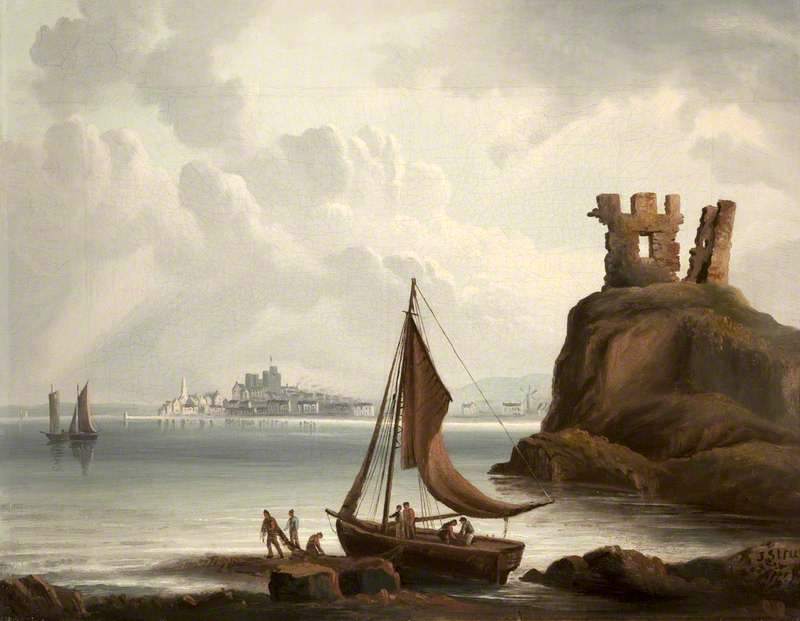
|
Hango Hill, CastletownOil on canvas
|
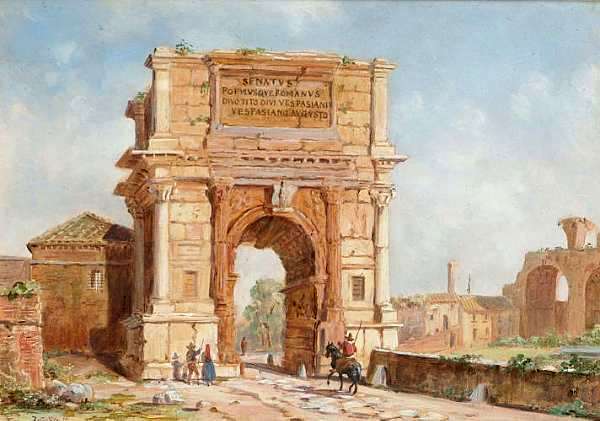
|
The Arch of Titus - Entrance to the Forum, RomeOil on paper
|
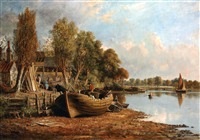
|
On the banks of the Thames, near KewOil on canvas
|
![East Gate Bridge from the Abbey Grounds [Bury St Edmund's]](../images/1688633523)
|
East Gate Bridge from the Abbey Grounds [Bury St Edmund's]Engraving
|
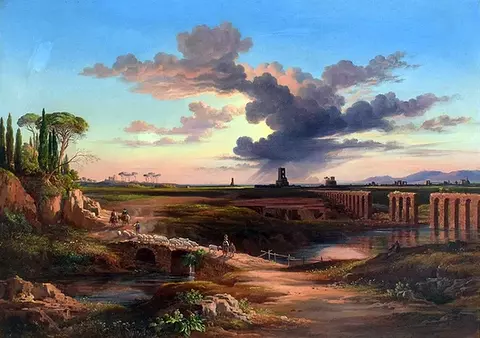
|
Veduta della campagna romanaOil on canvas
|
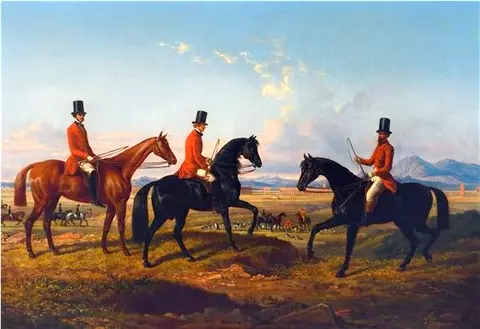
|
A Meeting of the Royal Italian Staghounds in the Roman CampagnaOil on canvas
|